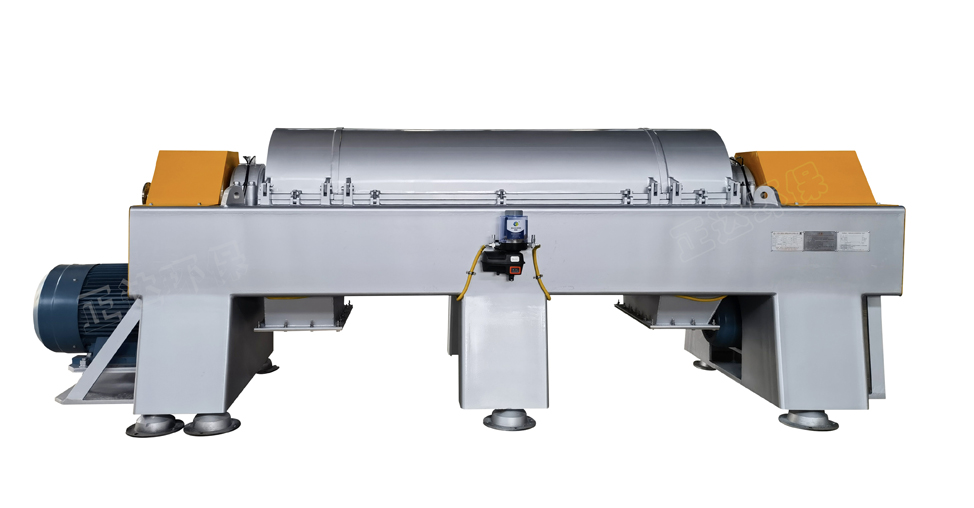John Quelch said that social media has many marketing challenges, and how to value fans is a big problem. From the perspective of marketing, we should focus on strong ties and weak ties. You may think that close friends with strong ties have the greatest marketing impact. Research shows that this is not the case, but people who are more distant from you.
Speaker | John Quelch
(Professor of Harvard Business School, former Dean of London Business School and Vice Dean of China Europe International Business School)
Thank you very much for coming back to my lecture on Sunday morning. For you entrepreneurs or those who want to become entrepreneurs, I have prepared a special lecture today.
Many entrepreneurs do not define their final vision well, so they are busy fighting fires and surviving every day.
You must plan for entrepreneurial marketing
Today we will start with the topic of entrepreneurial marketing, including how you survive and succeed. Entrepreneurial marketing includes four key areas. You must plan well:
Have correct target customers and end users;
Have the right products and services
There should be a very good talent team to enable business creativity to be realized;
There should be good partners, not distributors, but accounting, lawyers and other service partners.
So, what is entrepreneurial marketing?
First, this is reverse engineering design from vision to action
When Starbucks has only 5 stores, the founder has a vision to make Starbucks the third space in your life.
Entrepreneurs should start from the vision and reverse engineer backward: see what actions are needed to achieve the vision. Many entrepreneurs do not define their final vision well, so they are busy fighting fires and surviving every day.
Second, fast cycle and low-cost test to provide evidence
With a vision, we should think about how to do some fast low-cost experiments to test the creativity, and prove to partners, customers, etc., this is a very good vision. In other words, you need short-term achievements as evidence.
Third, co development with forward-looking customers
Most customers are conservative and don't want to waste time on new companies. You have to find far sighted customers who are willing to take risks on you. They may be small emerging customers, not good foundation customers of the market you want to enter.
Fourth: Create a comprehensive road map for small steps and fast runs
This includes creating product roadmaps, customer maps, partner roadmaps, and talent roadmaps. Entrepreneurs should have a one-year or even three-year road map to see how you want the company to make progress in these four dimensions.
for instance
In the late 1990s, John Osher invented SpinBrush, a low-cost electric toothbrush. Because he saw that there was a big gap in the market: ordinary manual toothbrushes cost $2 each, and electric toothbrushes cost $50. But there is no intermediate product between the two.
He wants to develop a toothbrush, the price is between the two. He thought about the performance criteria for the success of the new toothbrush:
Cleaning should be better than manual toothbrush, otherwise consumers will not pay a higher price;
The battery can last for three months. If the battery needs to be replaced every week, it will collapse;
There is a trial feature in the package, and you are willing to see how the toothbrush rotates after starting;
The retail price is less than $6.
His positioning for the new toothbrush is that it is a better manual toothbrush, rather than a cheaper electric toothbrush.
For consumers, it is from $2 to $6, rather than from $50 to $6. Because if it is the latter, retailers will feel that they have lost: consumers only spent $6, compared with $50 previously. But now, consumers spend 6 yuan instead of 2 yuan.
So entrepreneurs should not only consider the end users, but also think about how to make more money for distributors, because you must pass them to get products to the end customers. When defining competition, a good positioning statement is very important. Finally, he sold the company to P&G and earned a total of 480 million dollars.
As you can see, it is very simple, because it has a lot of consumer insights, filling the market gap that no one has seen.
Another example
This company is called Intuit. Its founder discovered 20 years ago that many people have to fill out a tax return every year and hand it to the government when dealing with their own tax treatment, which is very troublesome.
Intuit is the first company to develop personal finance software, especially the software for tax management, which can be used by both individuals and small businesses. But this easy-to-use software package, I don't know where it is sold, and no one believes it can be used.
Sometimes your biggest problem is how to deal with the distributors of your new products. They distribute a lot of things and don't have time to spend five hours checking whether your unknown product can be used.
Finally, he directly assured the consumer that if he bought this product and didn't learn how to use it within six minutes, the money would be returned to you and the product would also be given to you.
Apart from refunding money, what else did they do differently?
With the buyer's permission, follow the buyer to observe his first use process.
All executives of the company must spend two hours every month to provide technical support to customers and listen to their problems;
Technical support for customer service is the only way for the company to promote;
Read the customer's letter aloud in front of all executives, no matter thank or blame.
This makes 50% of their sales come from word of mouth and 20% from technical support recommendations.
"The intersection between what customers really want and what technology can really do well - you can find real greatness here."
"No matter what we do, there are customers."
——Scott Cook (Founder of Intuit)









